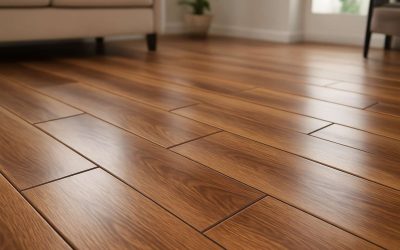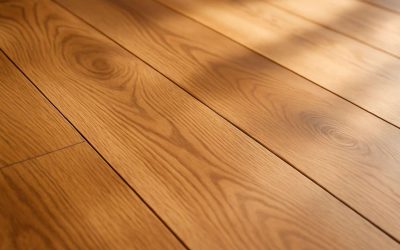
Laminate flooring is a great option for anyone looking to add an extra layer of beauty and warmth to their home. It is easy to install and comes in a variety of colors and styles, making it perfect for a wide range of home decor. But installing laminate floor yourself requires some skills and a bit of practice to ensure a smooth, professional-looking finish.
Getting Started With Installation
First, you need to prepare the subfloor for your new floor. You should clean it thoroughly, and make sure it is completely level. Depending on the subfloor type, it may need to be prepared with a vapor barrier or other products to protect against moisture.
Next, remove all baseboards and moldings from the room where you plan to install the flooring. If your old floors are carpet, removing the tack strips will also be necessary.
Then, lay out the unopened boxes of laminate flooring in the room you plan to install it in. Leave the boxes out for at least 48 hours to allow them to acclimate to the temperature and humidity of the room.
Before you begin installing the floor, be sure to measure and cut your laminate planks so they will fit together easily. This will help to avoid a lot of time and effort trying to trim pieces of your floor that don’t match each other perfectly.
Stack the planks one row at a time, placing spacers between each piece. Then, start in the corner of the room and work your way out.
Be sure to check the planks for fit in every step of the installation process, and if any need to be cut or adjusted, do it. Ideally, the planks should be about 2 inches wide to allow you to slide them easily over door jambs or other obstacles.
If you’re installing laminate in a doorway, make sure to trim the door casings to fit the laminate planks. This will ensure that the laminate can smoothly slide underneath the door frame.
Once you’ve cut the door casings, you can then install your flooring. If you’re installing laminate in a basement or other high-moisture area, you’ll need to use a vapor barrier underlayment.
Underlayment is a layer of foam that helps cushion your floor and absorb sound. This layer can also act as a bridge to fill in gaps or dents between your laminate and the subfloor.
Whether you’re laying laminate directly over concrete or a layer of vinyl tile, you’ll need to lay an underlayment before installing the floor. This thin, dense foam is designed to help absorb sound and make your floors warmer. It can be purchased separately or built-in to the laminate flooring.
When installing laminate over a concrete floor, it’s important to use a vapor barrier and to seal the surface with a concrete sealer before you begin to install your new flooring. This will prevent water from absorbing into the fiberboard, which could cause it to warp over time.



0 Comments